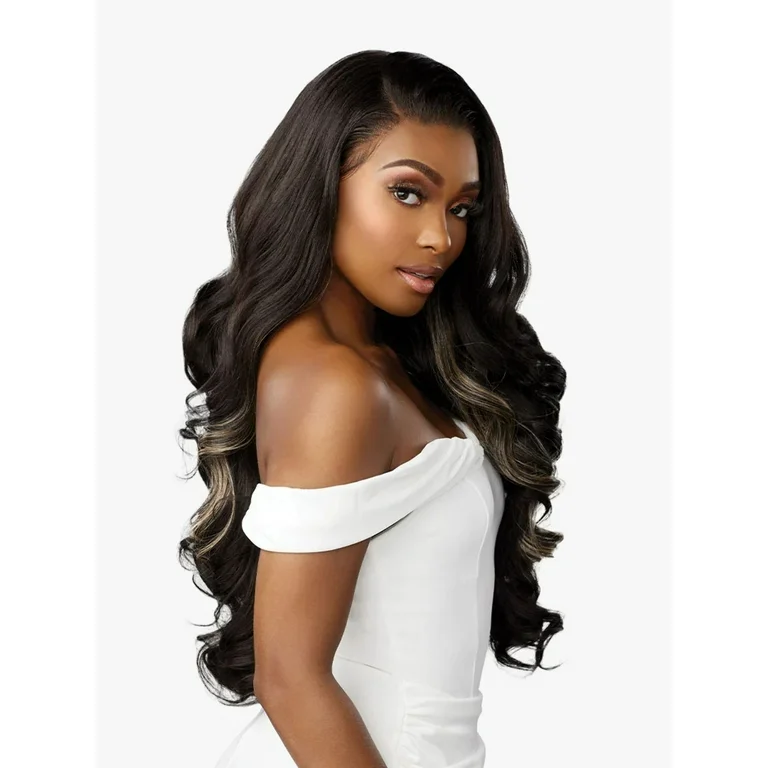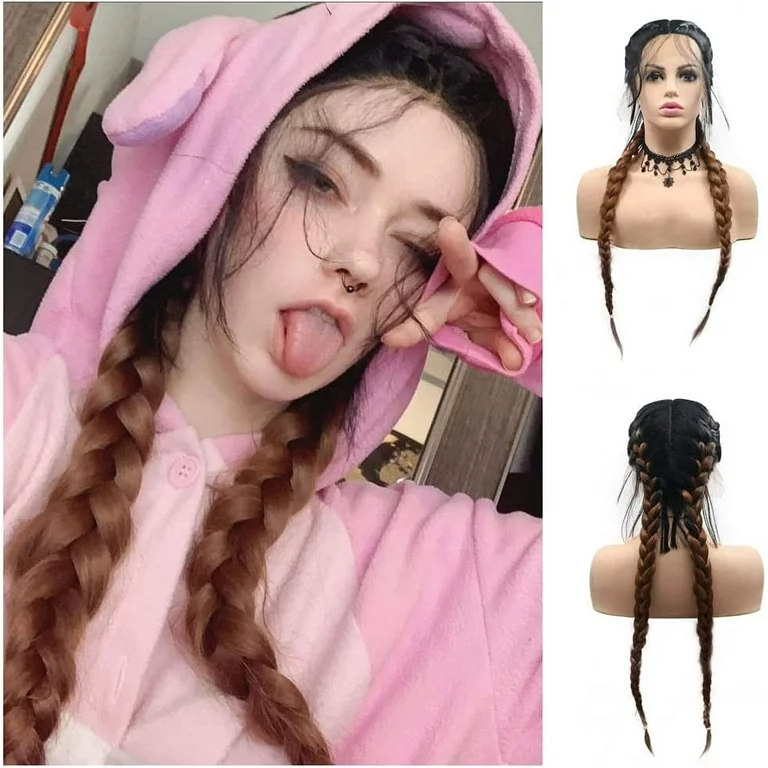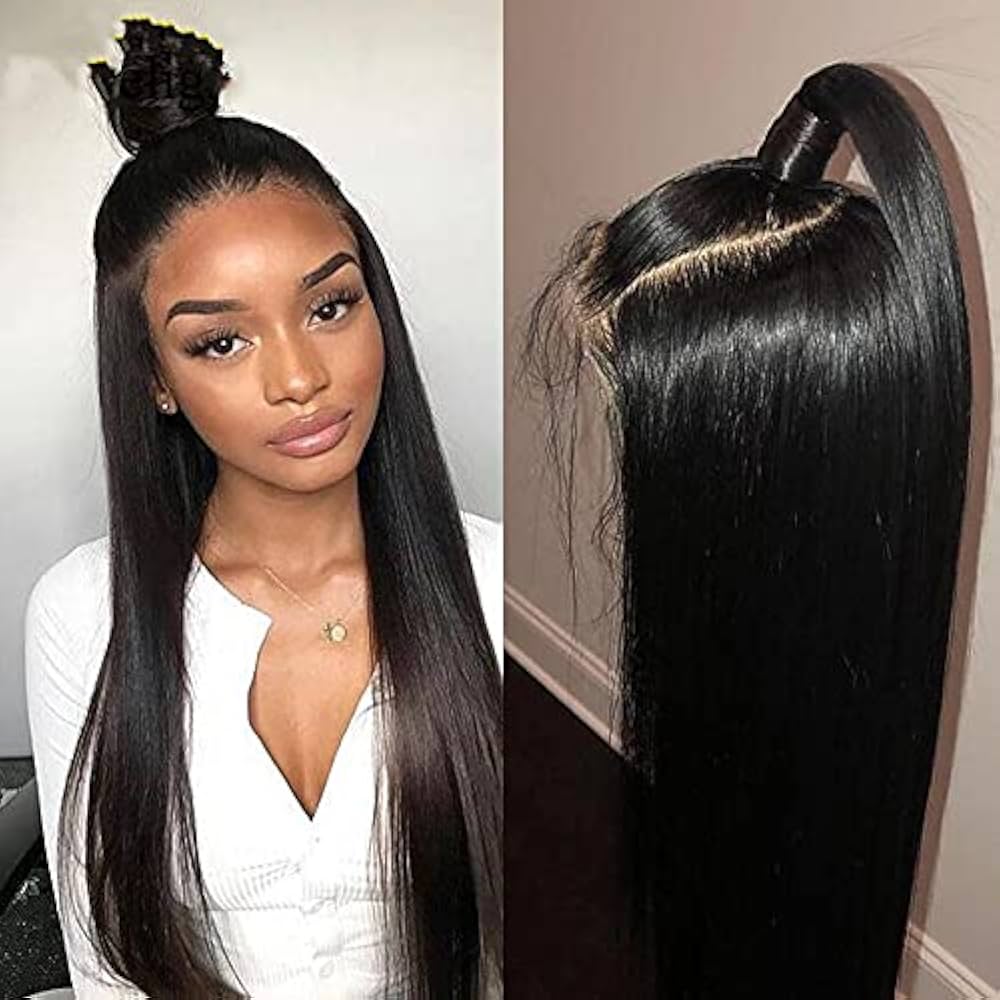
Securing Your Perfect Wig Fit: Simplified Guide
The Importance of a Secure Wig Fit
When it comes to wig wearing, nothing beats the confidence of a secure fit. A wig that stays in place allows you to go about your day without worry. Fear of a shifting or slipping wig can hinder your comfort and confidence. For those wondering, ‘how do wigs stay on?’ it’s all about proper wig securing techniques. A snug fit protects your natural hair from damage too. That’s because less movement means minimal friction between the wig and your hair.
It also ensures the wig looks as natural as possible, enhancing your personal style discreetly. From running errands to attending special events, a firmly secured wig lets you focus on the moment, not on your hair. Remember, the key to a seamless, natural look is a wig that fits just right – not too tight, which can cause discomfort, nor too loose, and risk an accidental reveal. In conclusion, whether you’re a first-time wig wearer or a seasoned pro, a secure wig fit is essential for safety, style, and self-assurance.
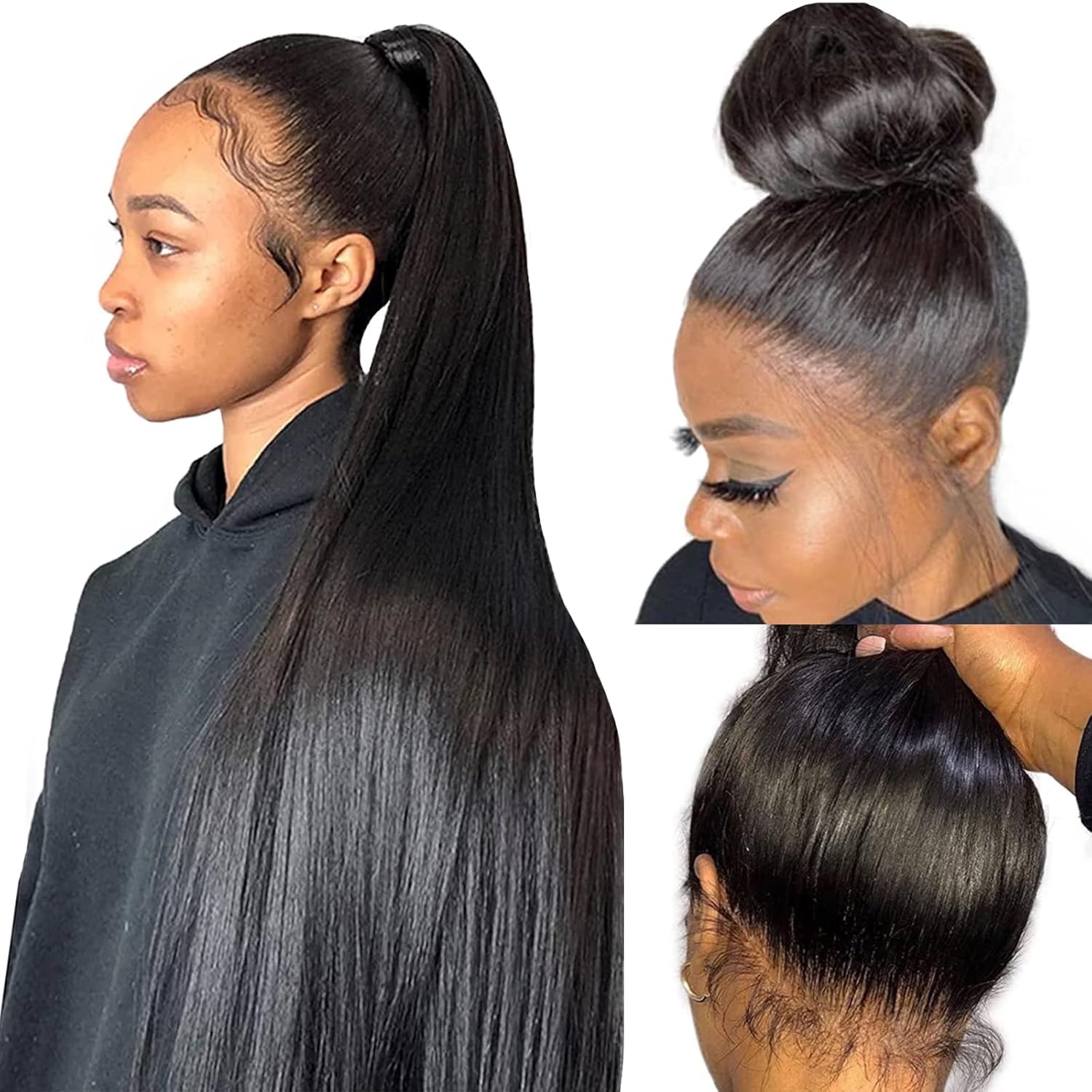
Types of Wig Grips for Optimal Hold
Wig grips ensure your peace of mind, keeping your wig firmly in place. There are several types to consider. First are velvet wig grips, which are popular because of their soft material and non-slip nature. The velvet material grips your wig and prevents it from moving. They come with an adjustable Velcro Strap for a custom fit.
Elastic bands are another option. They usually sit at the back of your head. This maintains the wig’s position from behind without much pressure. You can sew these elastic bands into your wig for a more permanent solution.
Silicone wig grips are the newest addition to wig security. They offer a great grip and are perfect for those with sensitive skin. They’re clear and work by creating friction that holds the wig in place.
When choosing a wig grip, consider comfort, ease of use, and your daily activities. For example, a velvet wig grip might be best if you’re active all day. It provides strong hold while still being comfortable. A silicone grip is discreet and won’t show under lace wigs.
Each type of wig grip has its pros and cons. Velvet grips might need readjusting throughout the day but are comfortable. Silicone grips give a strong hold but might feel tighter on your head.
Using a wig grip is easy. Place it around your head before putting on your wig. Make sure it’s snug but not too tight. Align your wig with the grip and adjust as needed for a natural look. For best results, match your wig grip to your skin tone or wig cap.
Include a wig grip in your styling routine for worry-free wig wearing. With the right grip, you can wave goodbye to wig worries and enjoy your day.
Securing Wigs With Clips and Bobby Pins
For those asking ‘how do wigs stay on,’ clips and bobby pins offer a simple solution. These hair accessories are time-tested and widely available, making them a favorite among wig wearers for instant security. Here’s how to utilize them effectively:
Clips for a Snug Fit
- Choose clips that match your wig cap or natural hair color to keep them hidden.
- Slide the clips into your hair or wig cap, securing them in place.
- Check the fit; the wig should feel snug but comfortable around your head.
Clips are perfect for active days. They provide a strong hold that withstands movement.
Bobby Pins for Extra Assurance
- Opt for bobby pins close to your hair color for a seamless look.
- Secure any loose hair or braids flat against your head before placing the wig.
- After fitting the wig, strategically place bobby pins for added grip.
Bobby pins are great for quick adjustments or as a backup to other securing methods.
With these tools, you can ensure your wig stays in place confidently. Just remember not to overuse them as they may cause stress on your natural hair or the wig lace. For a firm hold that lasts all day, combining these with other securing methods can provide optimal support and a natural look.
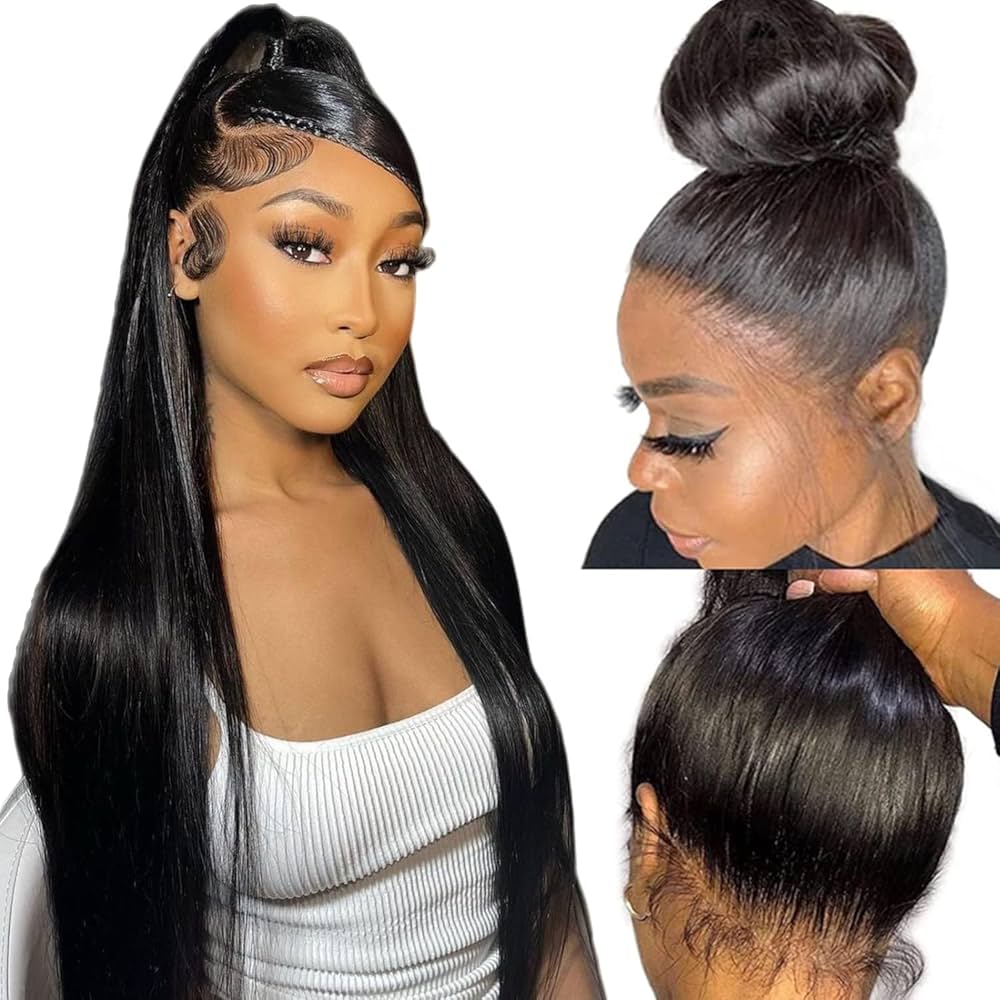
Utilizing Wig Caps for a Natural Look
Achieving a natural look with wigs involves laying your hair flat. Wig caps can make this easy. They tuck away your natural hair and help wigs sit smoothly on your head. Let’s explore the types of wig caps and how to use them.
Mesh Wig Caps Offer Breathability
Mesh wig caps are ideal for those with long hair. They prevent wig slippage and allow your scalp to breathe. This is vital, especially for people with sensitive skin. They are stretchy, hold hair well, and come in different shades to match your natural hair color.
Nylon Wig Caps for a Sleek Look
Nylon wig caps help smooth out your hair for a natural wig fit. They’re also great for keeping your wig clean, as they act as a barrier between your scalp and the wig. Look for a color that blends with your wig or skin tone to hide it completely.
How to Wear a Wig Cap
- Tuck all your natural hair into the cap, making sure there are no bumps.
- If you have very short hair or a bald head, ensure the cap fits snugly.
- Position the cap to cover all hairlines and secure it just behind the ears.
- Align your wig with the cap and adjust till it looks natural.
Remember, wig caps should be comfortable. They should not feel too tight or cause headaches. By using a wig cap, you create the perfect foundation for a secure fit. This method is less about fancy tools and more about practicality. Combine a wig cap with other securing techniques mentioned earlier for the best results.
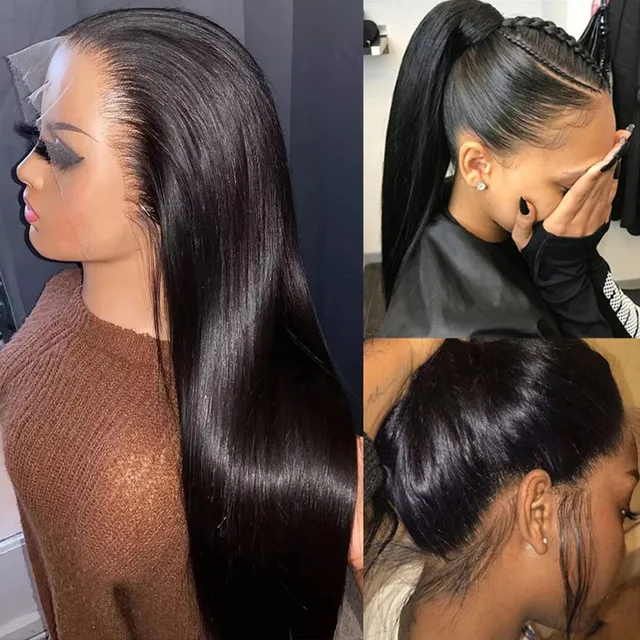
Long-Term Wig Security: Adhesive Solutions
When looking for long-lasting wig security, adhesives offer a reliable fix. Wig glue and wig tape provide a stronghold, ideal for extended wear. However, they require careful application and removal to protect both hair and scalp.
Using Wig Glue for a Secure Hold
- Clean your skin with alcohol before applying the glue.
- Protect your scalp with a skin protector to avoid irritation.
- Apply glue with a small brush for a precise application.
This method creates a firm bond between your skin and the wig, ensuring it stays in place for days.
Wig Tape for Easy Application
- Choose a quality wig tape for best results.
- Press tape onto the areas where the wig will sit.
- Position wig carefully and press down for a secure attachment.
Wig tape is less messy than glue and can be a quicker option for securing your wig.
Precautions When Using Adhesives
Remember, while adhesives offer a secure solution, they also come with cautions. Always test for allergic reactions before full application. Ensure your skin is clean to prevent infections. And when it’s time to remove the wig, use a gentle adhesive remover to avoid damaging your skin or hair.
By carefully choosing and using adhesives, you can enjoy a worry-free, secure wig wear. Just always be gentle to your skin and hair underneath.
Alternatives to Traditional Adhesive Techniques
For those who prefer not to use adhesives for securing their wigs, there are practical options. Here are some of the most effective techniques that offer stability without the need for glue or tape:
Got2Be Glued Styling Gel
This styling gel is a favorite among wig wearers for its strong hold and easy washout. Apply a thin layer on the skin where the wig will sit. Once it turns tacky, press the wig down. It holds the wig in place and can be removed with water, which means no residue!
Elastic Wig Bands
These are built into the wig or added separately. They ensure the wig fits snugly around the head. They’re adjustable, providing a custom fit without causing skin irritation.
Wig Grip Headbands
Wig grip headbands are made of a non-slip fabric that keeps wigs secured without slipping. They are easy to wear, adjustable, and suitable for any head size.
Hairpins
Instead of bobby pins, larger hairpins can secure wigs, especially those with heavy hair. Insert them through the wig and into your own hair (if you have), for added support.
Sewing the Wig on
For a semi-permanent solution, some choose to sew the wig onto braids or a wig cap. This method requires more time and skill but offers a secure attachment that can last for weeks.
Incorporating these alternatives into your wig-wearing routine adds versatility and comfort. Plus, they avoid the potential damage that adhesives could cause to your hairline and skin. How do wigs stay on without adhesives? By trying these methods, you’ll find the one that works best for you.
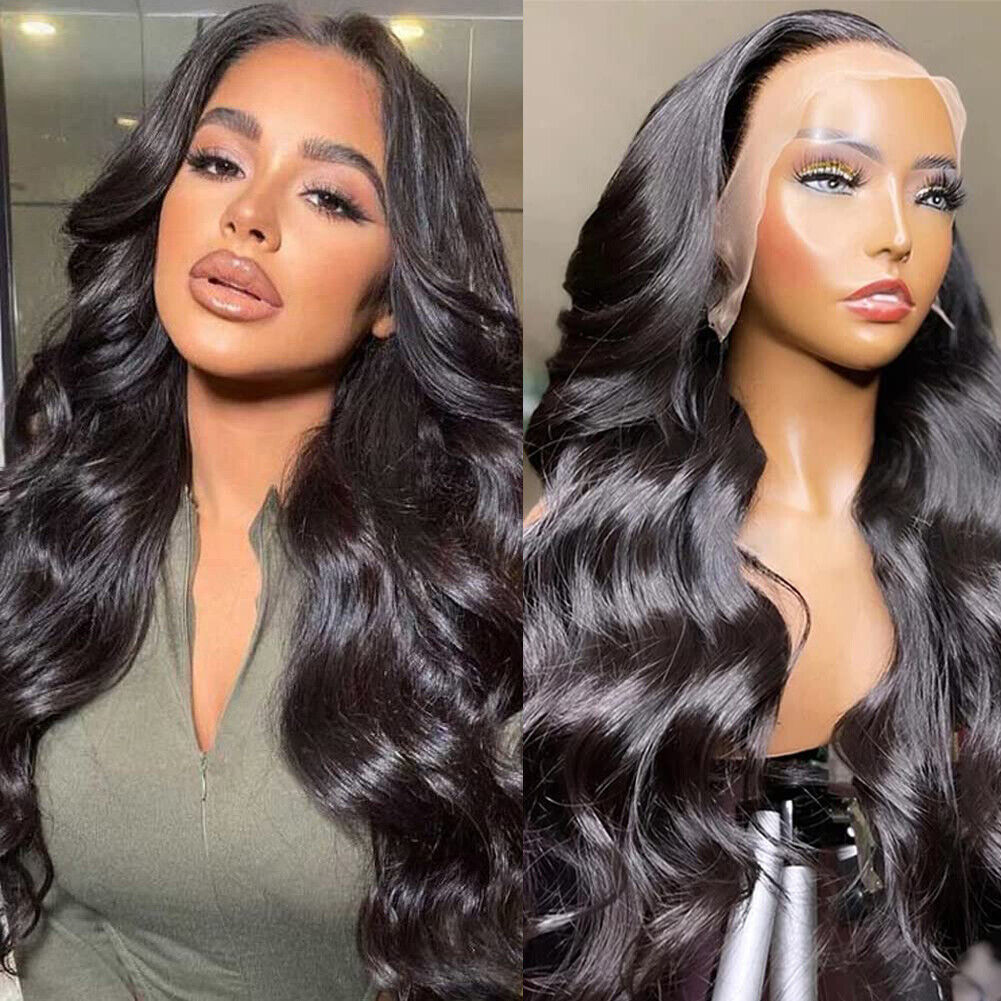
Choosing High-Quality Wigs for Better Security
The foundation of wig security lies in the quality of the wig itself. A high-quality wig not only appears more natural but also provides better support for various securing methods. Here are essential factors to consider when selecting a wig for optimal security and comfort:
- Material: Opt for 100% virgin human hair wigs, which are durable and capable of handling different types of attachments and adhesives.
- Cap construction: Wigs with sturdy, well-constructed caps offer better grip and fit more snugly, minimizing slippage.
- Proper fit: Ensure the wig fits your head size perfectly. An ill-fitting wig is more likely to move and requires extra securing efforts.
- Adjustable straps: Wigs with adjustable straps allow you to tighten or loosen the fit as needed, enhancing overall security.
- Clip attachments: Pre-installed clips or combs in the wig can provide immediate anchoring to your natural hair or wig cap.
Investing in a high-quality wig means fewer worries about it coming off, less time adjusting throughout the day, and more confidence in your appearance. Remember, a good wig is worth investing in, as it not only keeps you secure but also uplifts your style.
Additional Tips for Maintaining a Secure Wig
Maintaining a secure wig involves more than just the initial fit. Here are additional tips to ensure your wig stays firmly in place throughout the day:
- Regularly check the fit: Over time, wigs can stretch out and lose their snug fit. Periodically check your wig and adjust the straps or add supplementary securing methods if needed.
- Choose the right size cap: Wigs come in different sizes, so make sure to pick one that’s the right fit for your head. A too tight or loose cap can cause slipping.
- Maintain your natural hair: Keeping your natural hair flat and well-groomed underneath the wig cap can prevent bumps and lumps that lead to a loose fit.
- Use wig-friendly products: Some hair care products can degrade the wig’s materials. Use only products that are safe for wig maintenance.
- Take care at night: If you wear your wig to bed, consider a silk or satin bonnet to reduce friction and potential slipping off overnight.
- Store properly: When not in use, store your wig on a mannequin head or in a silk or satin bag to maintain its shape and help keep the fit secure.
By following these simple yet effective tips, you can enjoy a secure wig that looks natural and feels comfortable all day long. Staying diligent in your wig care routine will extend the life of your wig and ensure it continues to provide the confidence and style you desire.
